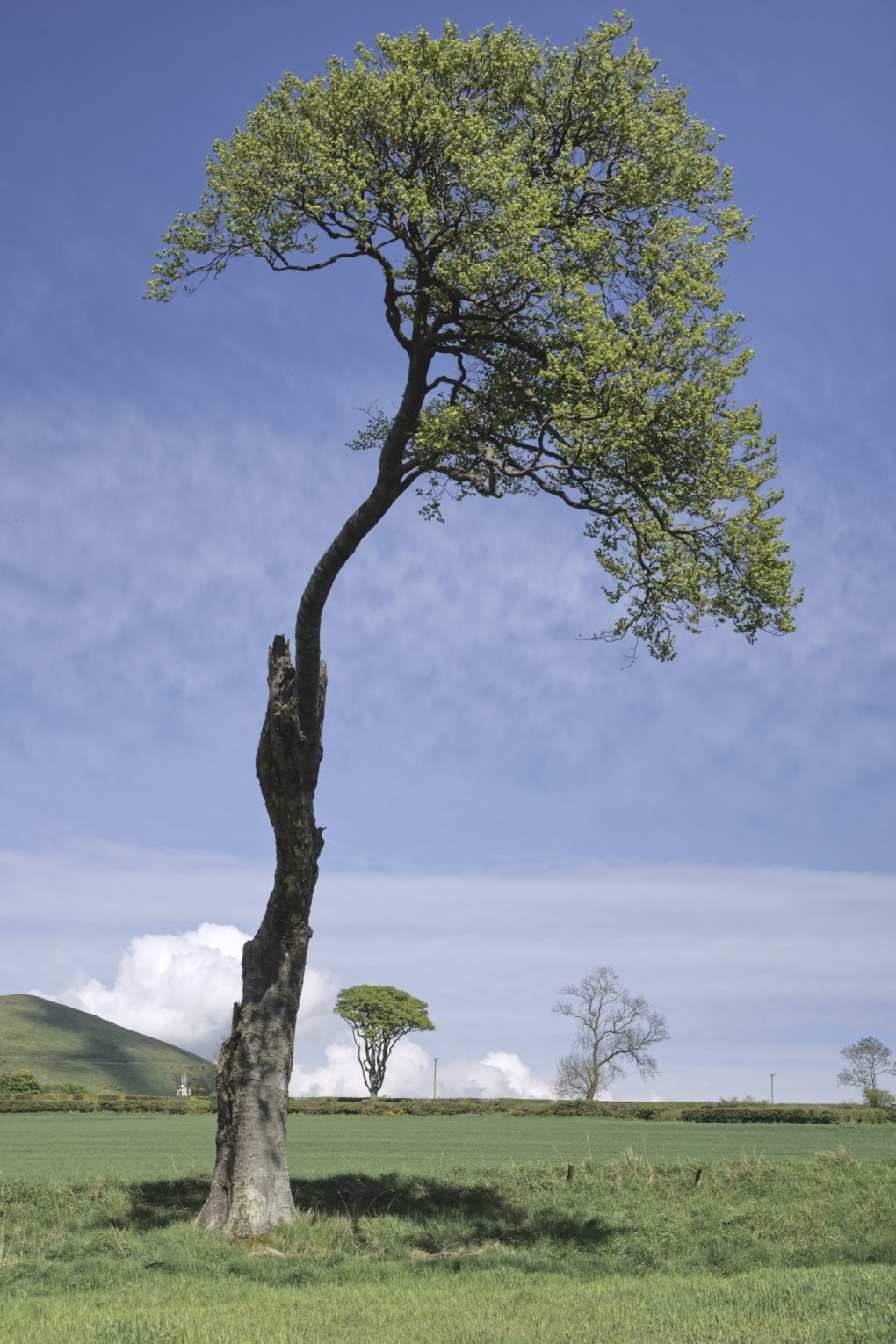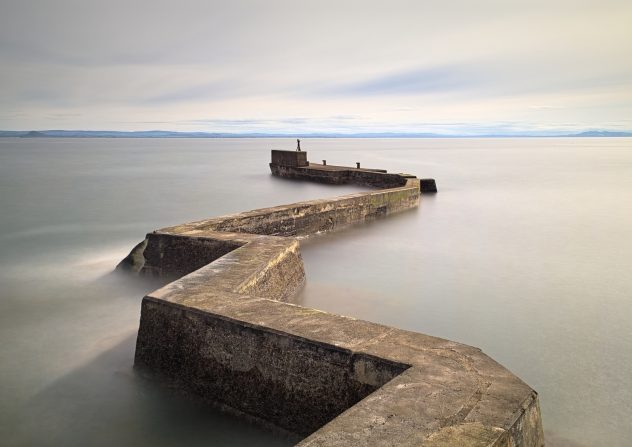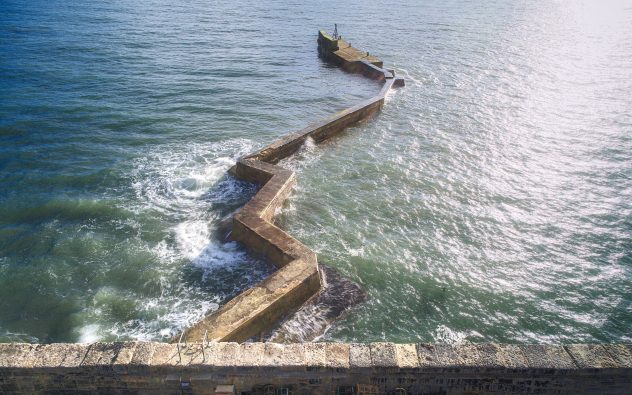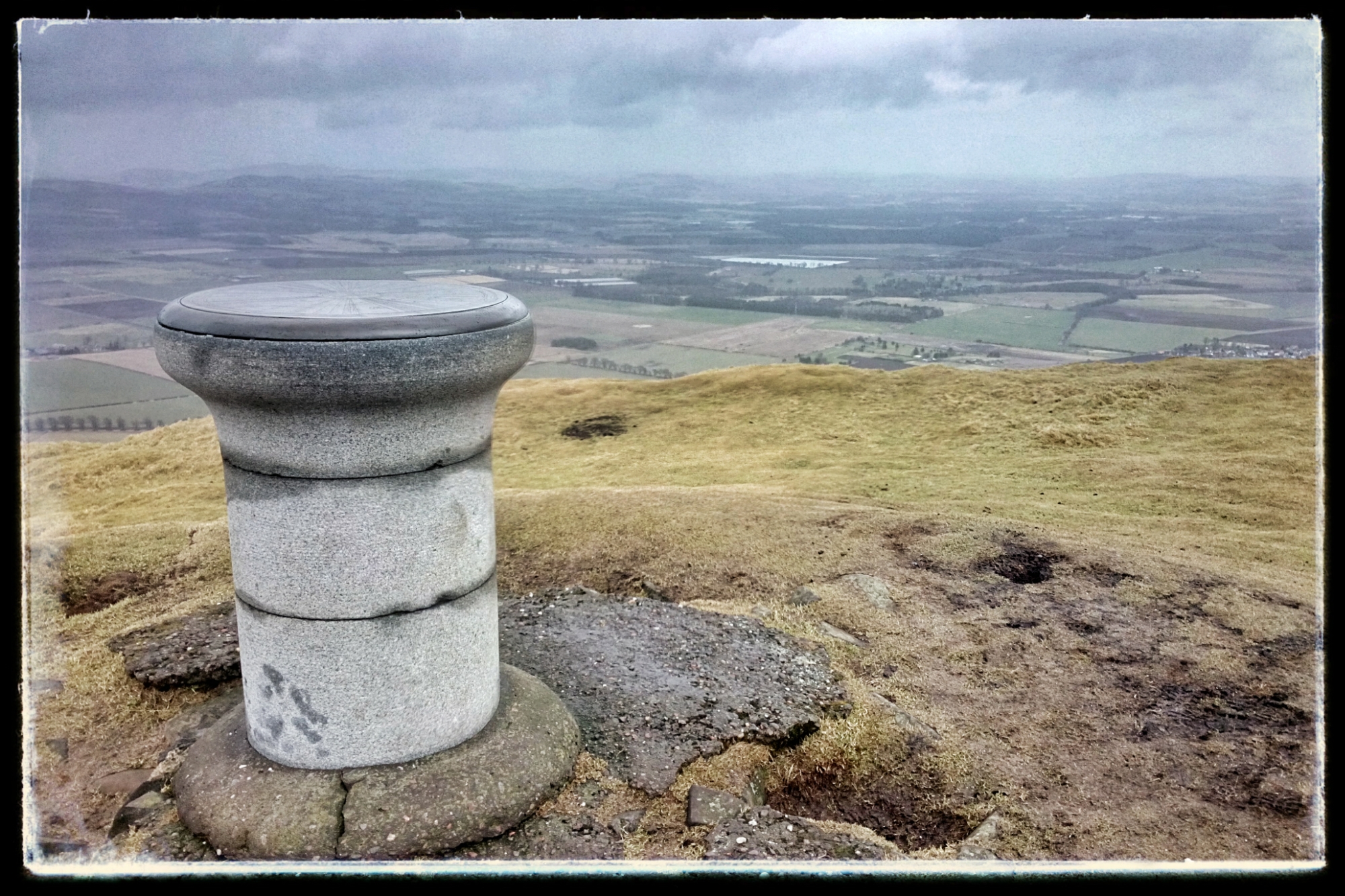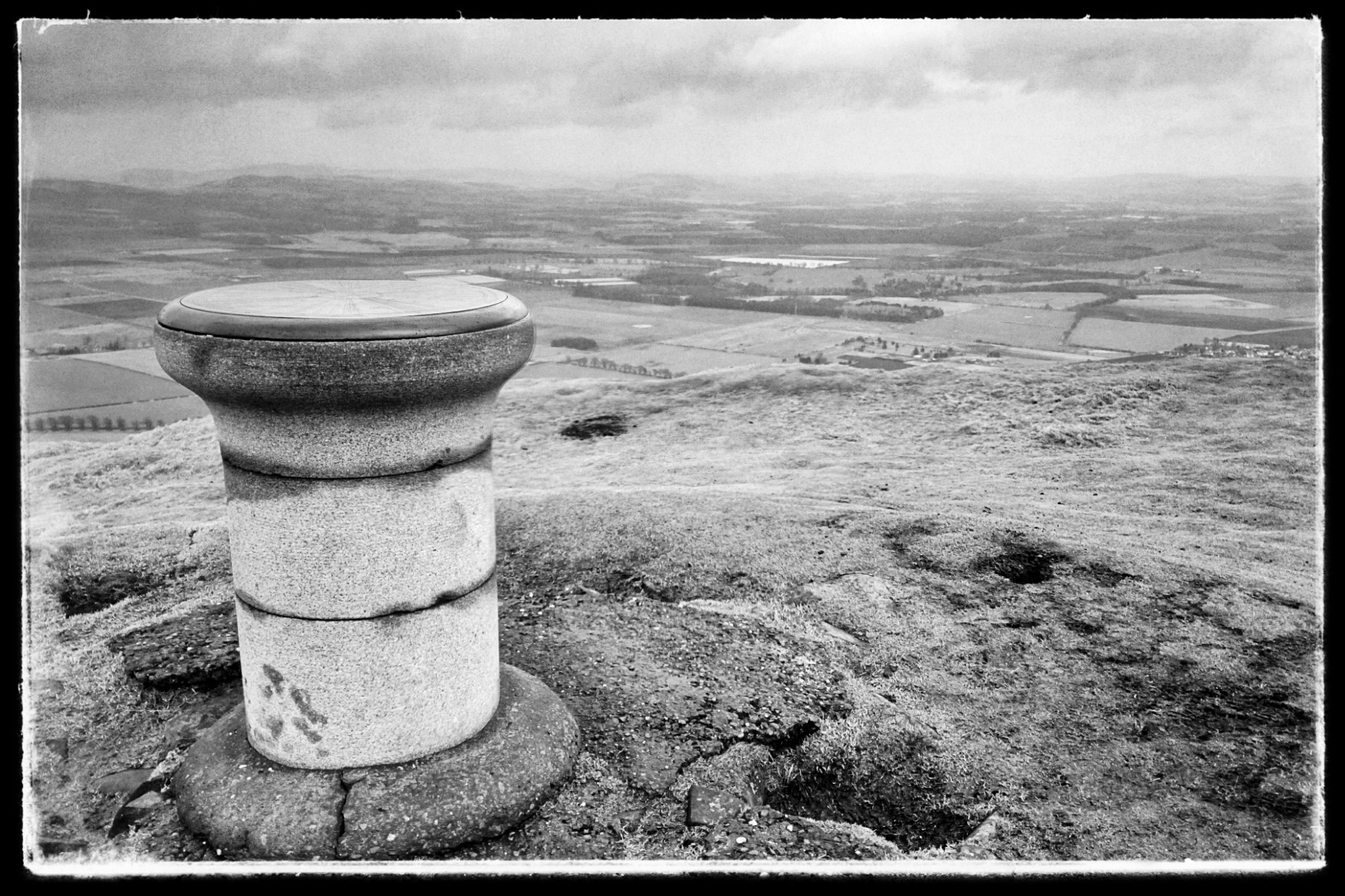Still feeling very under the weather from a bout of food poisoning, I spent a happy Sunday afternoon walking around Keil’s Den outside Lower Largo, Fife – recommended by the Woodland Trust as a site for seeing bluebells.
It was still a week or two early in the spring for bluebells, but there were a few in evidence, along with a few expanses of unmistakeable white wild garlic.
There’s something pleasantly restorative about a walk in the woods: something about the green hues, dappled light and shade, cool breezes under the trees. It works.
My favourite photo from the afternoon was this strange beech tree – a strong young stem well on its way to producing a new crown of foliage, growing from the remains of an old battered and eroded upright trunk:
